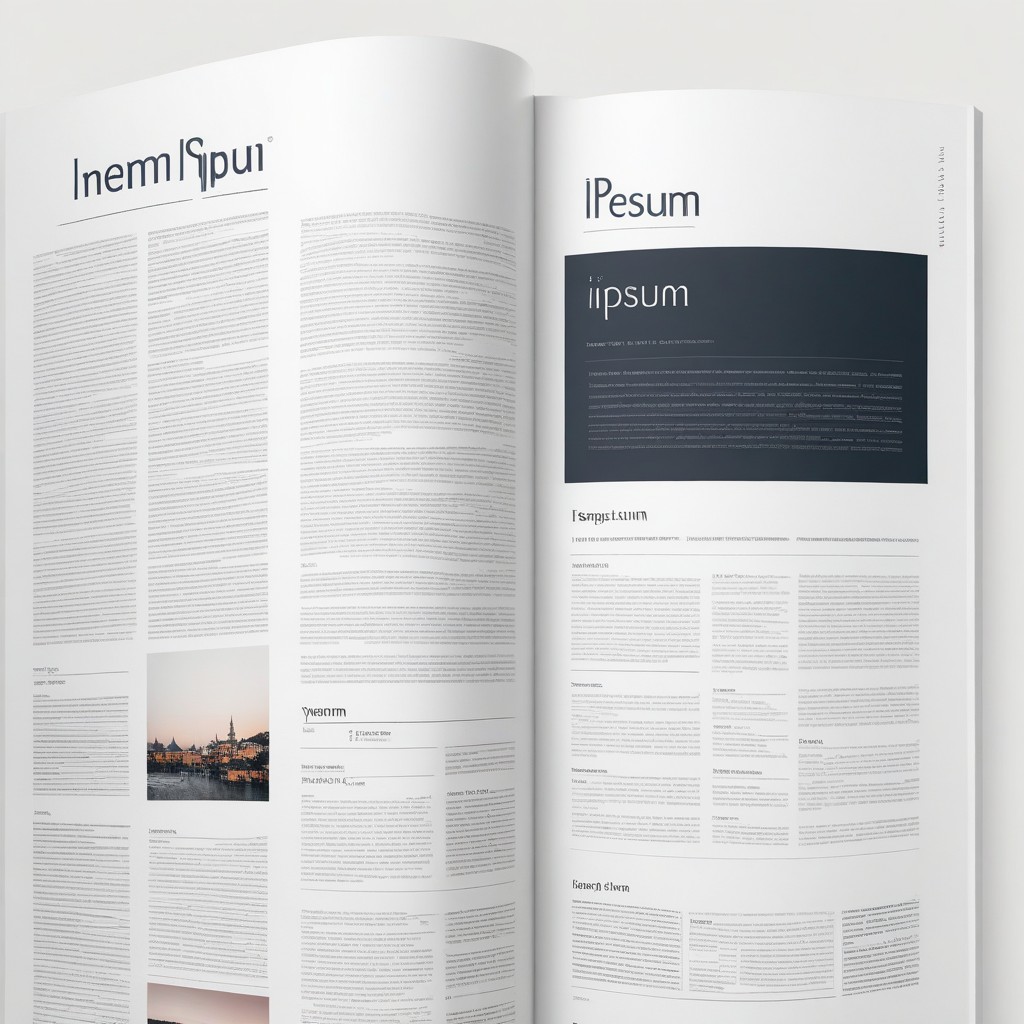
Confidence Interval Calculator
Precision in Prediction: Empower Your Estimates with Our Confidence Interval Calculator Tool
A Simple Guide to Using the Confidence Interval Calculator
Confidence intervals might sound like a fancy term, but they're actually pretty straightforward. If you're dealing with data and want to make some sense out of it, a Confidence Interval Calculator can be your go-to tool. Lucky for you, there's a free one available online at https://minsap.com/confidence-interval-calculator. In this article, we'll break down how to use it without getting too bogged down in fancy words.
Getting Started: To kick things off, head over to the Confidence Interval Calculator website. Once you're there, you'll notice a few boxes asking for some information. Don't worry; it's not as complicated as it seems.
Inputs:
-
Sample Mean (x): This is basically the average of your data. If you've got a bunch of numbers, add 'em up and divide by how many there are. That's your sample mean.
-
Sample Size (n): Count how many pieces of data you have. That's your sample size.
-
Standard Deviation (s): Now, this one is a bit trickier. It's a measure of how spread out your data is. If you're not sure, you might need to consult some more advanced stats, but for now, just plug in the number if you have it.
-
Confidence Level (70%-99.9%): This is how sure you want to be about your results. If you're feeling bold, go for a higher percentage. If you're okay with a bit of uncertainty, a lower percentage will do.
Hit that "Calculate" Button: Once you've punched in your numbers, hit the "Calculate" button. Drumroll, please...
Results:
-
You can be % confident: This is your confidence level in percentage form. It's like saying, "I'm this sure that my data falls within this range."
-
Lower Bound: The lowest number in the range where your data probably lies.
-
Upper Bound: The highest number in that same range.
-
Margin of Error (E): This one's pretty cool. It's like a safety net around your sample mean, saying, "Hey, I'm pretty sure the real average is somewhere in here, plus or minus this much."
And there you have it! Using the Confidence Interval Calculator isn't rocket science. It's a handy tool for making sense of your data without drowning in complicated jargon. So, next time you're staring at a bunch of numbers and wondering what they mean, give the calculator a whirl. It's free, it's online, and it speaks your language. Happy calculating!









